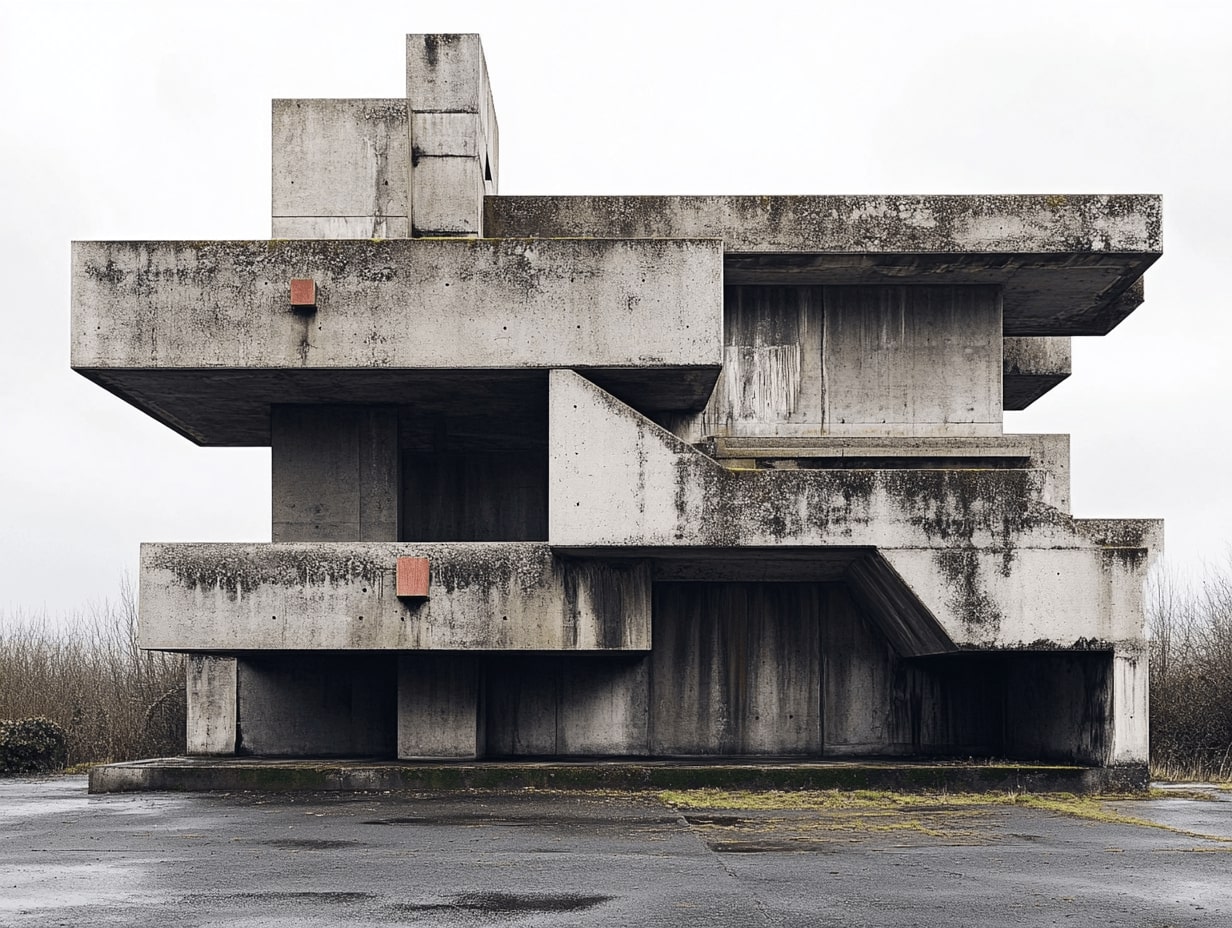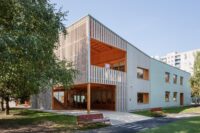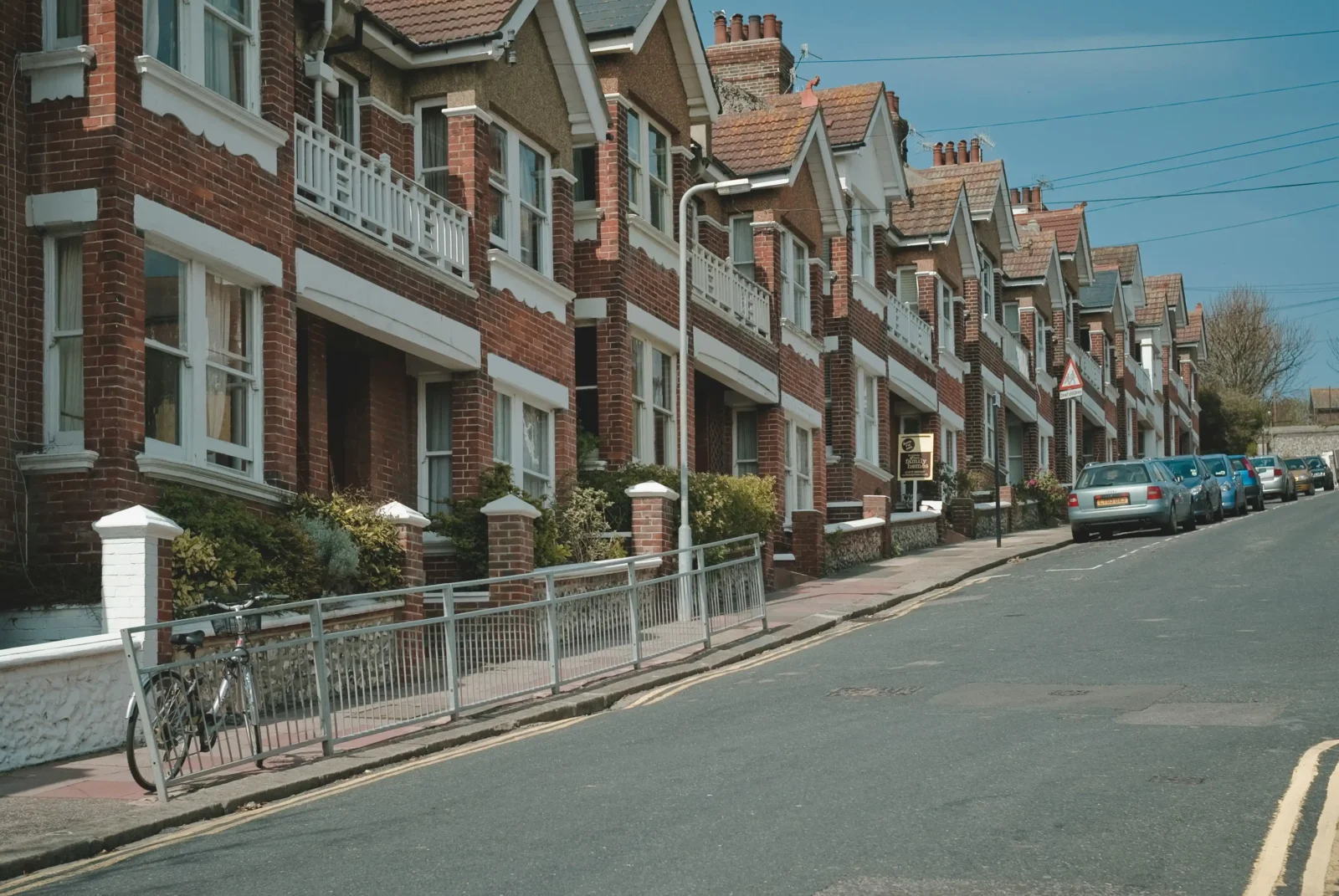- Home
- Articles
- Architectural Portfolio
- Architectral Presentation
- Inspirational Stories
- Architecture News
- Visualization
- BIM Industry
- Facade Design
- Parametric Design
- Career
- Landscape Architecture
- Construction
- Artificial Intelligence
- Sketching
- Design Softwares
- Diagrams
- Writing
- Architectural Tips
- Sustainability
- Courses
- Concept
- Technology
- History & Heritage
- Future of Architecture
- Guides & How-To
- Art & Culture
- Projects
- Interior Design
- Competitions
- Jobs
- Store
- Tools
- More
- Home
- Articles
- Architectural Portfolio
- Architectral Presentation
- Inspirational Stories
- Architecture News
- Visualization
- BIM Industry
- Facade Design
- Parametric Design
- Career
- Landscape Architecture
- Construction
- Artificial Intelligence
- Sketching
- Design Softwares
- Diagrams
- Writing
- Architectural Tips
- Sustainability
- Courses
- Concept
- Technology
- History & Heritage
- Future of Architecture
- Guides & How-To
- Art & Culture
- Projects
- Interior Design
- Competitions
- Jobs
- Store
- Tools
- More
Brutalism vs Modernism: Concrete Ideals or Sleek Simplicity in Architectural Design?
Dive into the clash of architectural titans: brutalism and modernism. Explore their unique philosophies, from the raw power of brutalism's bold concrete forms to modernism's sleek minimalism. Discover how these styles embody contrasting ideals and continue to shape contemporary design through their innovative use of materials and enduring influence on architecture.

When it comes to architecture, few styles spark as much debate as brutalism and modernism. Both movements transformed the way we think about design, yet they couldn’t be more different in their approach. Brutalism, with its raw concrete and unapologetically bold structures, demands attention. Modernism, on the other hand, leans into clean lines and understated elegance, prioritizing simplicity above all else.
I’ve always been fascinated by how these styles reflect not just aesthetic preferences but also deeper philosophies about function, form, and humanity’s relationship with space. Are brutalist buildings a testament to practicality and honesty, or do they feel cold and imposing? Does modernism’s sleek minimalism inspire serenity, or does it lack warmth? These questions reveal how much more there is to architecture than meets the eye. Let’s delve into what makes these two movements so distinct—and why they continue to shape our built environment today.

Table of Contents
ToggleUnderstanding Brutalism: Concrete Ideals
Brutalism embodies the raw power of architectural expression, relying on concrete as both a material and a philosophy. Its unapologetically stark designs convey function, form, and authenticity.

Origins And Philosophy Of Brutalism
Emerging post-World War II, brutalism reflected a response to widespread urban reconstruction needs. Coined from the French term “béton brut” (raw concrete), brutalism prioritized practicality and accessibility. Architects like Le Corbusier and Alison and Peter Smithson championed the style, believing it symbolized honesty and functionality. The philosophy centered on exposing a building’s structural elements rather than concealing them, emphasizing form as an expression of purpose.
Key Characteristics Of Brutalist Architecture
Brutalist buildings feature raw concrete exteriors, modular design, and functional layouts. Their geometric forms are often blocky and imposing, with surfaces left unfinished to accentuate texture. Repeated structural elements, such as exposed beams and angular shapes, define the visual rhythm. Buildings like Boston’s City Hall and London’s Barbican Complex highlight these traits, emphasizing durability over ornamentation.
Influence On Urban Landscapes
Brutalism reshaped post-war urban environments, prioritizing public needs. It appeared in government buildings, public housing, and cultural centers. Many brutalist structures aimed to maximize utility in densely populated spaces, often influencing city skylines. Housing projects like Marseille’s Unité d’Habitation provided functional communal living spaces. Though the style’s starkness drew mixed reactions, its legacy persists in urban planning and public infrastructure.
Exploring Modernism: Sleek Simplicity
Modernism prioritizes minimalism and streamlined designs, reflecting a departure from traditional ornamentation. Its emphasis on functionality and aesthetic clarity defines its global architectural influence.

The Foundations Of Modernist Design
Modernist design emerged in the early 20th century, drawing inspiration from industrialization and technological advancements. Architects like Walter Gropius and Ludwig Mies van der Rohe sought to integrate function and form, rejecting unnecessary decoration. The movement embraced materials like steel, glass, and concrete for their versatility and efficiency, aligning with the ethos of mass production and urbanization.
Hallmarks Of Modernist Architecture
Modernist architecture is characterized by open floor plans, geometric forms, and large windows. Clean lines dominate, creating a sense of order and simplicity. Flat roofs, grid-like facades, and a focus on natural light are defining features. For instance, the Farnsworth House by Mies van der Rohe exemplifies these principles with its transparent walls and minimalist structure.
Modernism’s Lasting Legacy
Modernism continues influencing contemporary architecture and design. Its emphasis on sustainable materials and energy efficiency aligns with current priorities in urban development. Iconic modernist works, like Le Corbusier’s Villa Savoye, remain benchmarks for innovation. Today, modernism’s principles echo in minimalist interiors, urban planning, and adaptive reuse projects, bridging historical ideals with modern needs.
Comparing Brutalism And Modernism
Brutalism and modernism stand apart in their approaches to both design and ideology. Each style reflects unique principles that influence how spaces function and feel.

Concepts And Ideals: A Philosophical Clash
Brutalism embraces utilitarian principles, expressing structures’ raw essence and prioritizing function over form. It highlights the honesty of materials like exposed concrete, seeing beauty in imperfection. Originating after World War II, brutalism mirrors post-war egalitarian ideals, emphasizing accessibility and utility in public architecture.
Modernism, shaped by industrialization, pursues a seamless integration of form and function. It champions minimalism, stripping away ornamentation and emphasizing clarity through geometric precision. Emerging in the early 20th century, modernism reflects optimism in progress, technology, and universal design principles.
Architectural Aesthetics: Bold Vs. Minimal
Brutalist structures convey raw power with imposing, often blocky forms featuring exposed concrete. Their textures, modularity, and bold geometry create an unpolished, monolithic appearance, exemplified in designs like London’s Barbican Center.
Modernist aesthetics emphasize sleek, streamlined designs with clean lines and open spaces. Glass, steel, and simple geometric shapes dominate its palette. Iconic works like the Farnsworth House demonstrate modernism’s focus on functionality through minimalist beauty.
Public Perception And Criticism
Brutalism often meets polarizing reactions; some see it as powerful and authentic, while others perceive it as oppressive and cold. Its heavy use in institutional buildings, like public housing, has contributed to its association with austerity.
Modernism enjoys broader appeal due to its clean, adaptable nature. Critics, however, sometimes fault it for sterility and a lack of warmth. Despite this, modernism finds enduring relevance in sustainable and energy-efficient designs.
The Evolution Of Concrete In Design
Concrete’s role in architecture has transformed dramatically, shaping the distinct identities of brutalism and modernism. Its adaptability has allowed architects to explore both imposing monumentality and sleek minimalism.

From Monumentality To Minimalism
Brutalist architecture emphasized concrete’s raw potential, using it to craft bold, geometric structures like London’s Barbican Centre or Boston City Hall. The material’s durability and flexibility enabled large-scale urban projects that prioritized functionality and egalitarian ideals. Exposed surfaces and heavy forms highlighted its structural honesty, creating a sense of permanence.
Modernism took a different approach, leveraging concrete to achieve clean lines and open spaces. Architects like Le Corbusier employed reinforced concrete to blur boundaries between form and function, integrating it seamlessly with glass and steel. Examples include Villa Savoye, where concrete contributed to a minimalist, floating aesthetic. The focus was on simplicity and smooth finishes, reflecting modernism’s embrace of industrial materials.
Adaptations Of Brutalism And Modernism In Contemporary Architecture
Contemporary architecture continues to reinterpret brutalist and modernist principles by using concrete in innovative ways. For brutalism, architects now pair rough concrete textures with softer design elements to balance the aesthetic, such as Tadao Ando’s projects that emphasize light and space alongside concrete’s solidity. This modern adaptation softens brutalism’s starkness while preserving its bold identity.
Modernism’s influence persists in sleek, sustainable designs. Architects prioritize energy-efficient techniques and eco-friendly materials like high-performance concrete. Transparent façades and fluid layouts enhance modernism’s timeless appeal. Buildings like The Glass Pavilion in California show how newer technologies refine the modernist ideal of simplicity, emphasizing environmental harmony and elegance.
Both styles continue to evolve, driven by advances in material science and changing societal needs. Concrete remains central to this evolution, bridging monumentality and minimalism across architectural trends.
Conclusion
The debate between brutalism and modernism highlights the diverse ways architecture can shape our environments and experiences. These styles, though distinct in form and philosophy, both demonstrate the versatility of concrete as a medium for innovation and expression.
As architecture continues to evolve, the principles of brutalism and modernism remain relevant, inspiring new interpretations that balance aesthetics, functionality, and sustainability. Whether drawn to brutalism’s raw intensity or modernism’s sleek simplicity, each approach offers valuable insights into the relationship between design and society.
- architectural brutalism
- architectural design styles
- Brutalism architecture
- brutalism vs modernism
- Brutalist buildings
- brutalist design principles
- Concrete architecture
- concrete design ideals
- concrete design trends
- concrete structural design
- contemporary design trends
- minimalist architecture
- modern architectural styles
- modern structural design
- modernism architecture
- modernism design
- modernism vs brutalism
- sleek architectural trends
- sleek design
- sleek simplicity design
Submit your architectural projects
Follow these steps for submission your project. Submission FormLatest Posts
10 Interesting Facts About Zaha Hadid
Zaha Hadid was a visionary architect whose fluid forms, bold experimentation, and...
Online 3D Terrain Mapping Tools for Urban and Landscape Design in 2025
A curated guide to the best online 3D terrain mapping tools in...
Common Emergency Repairs Every Homeowner Should Be Ready For
For most of us, when something goes wrong, we have a propensity...
Designing, Retrofitting, and Valuing Non-Standard Homes in Britain
Britain’s housing stock carries a quiet contradiction. From the street, many homes...












Leave a comment